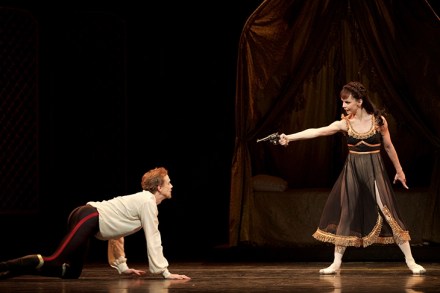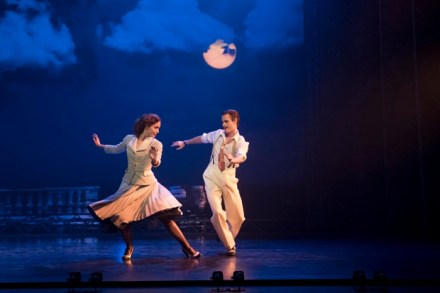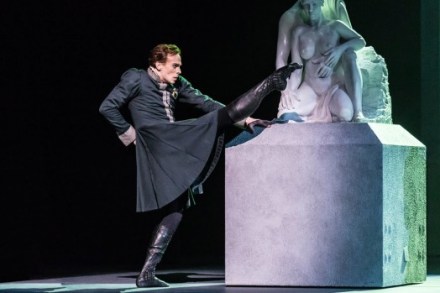Triple thrill | 8 June 2017
Thrilling debuts, starry guests and a tear-stained farewell at Covent Garden this week as the Royal Ballet closed the season with a triple bill of works by Sir Frederick Ashton. The company’s founder choreographer could often be spotted lurking at the back of the house during Marius Petipa’s Sleeping Beauty enjoying ‘a private lesson’. Today’s would-be narrative dancemakers could gain similar benefits from The Dream, which distils Shakespeare’s five acts into 55 minutes of witty, characterful dance. Steven McRae’s Oberon made short work of Mendelssohn’s Scherzo with icy pirouettes melting into deep penchées and turns chained so tight and fast he should wear asbestos slippers. Marcelino Sambé added a spicy





















